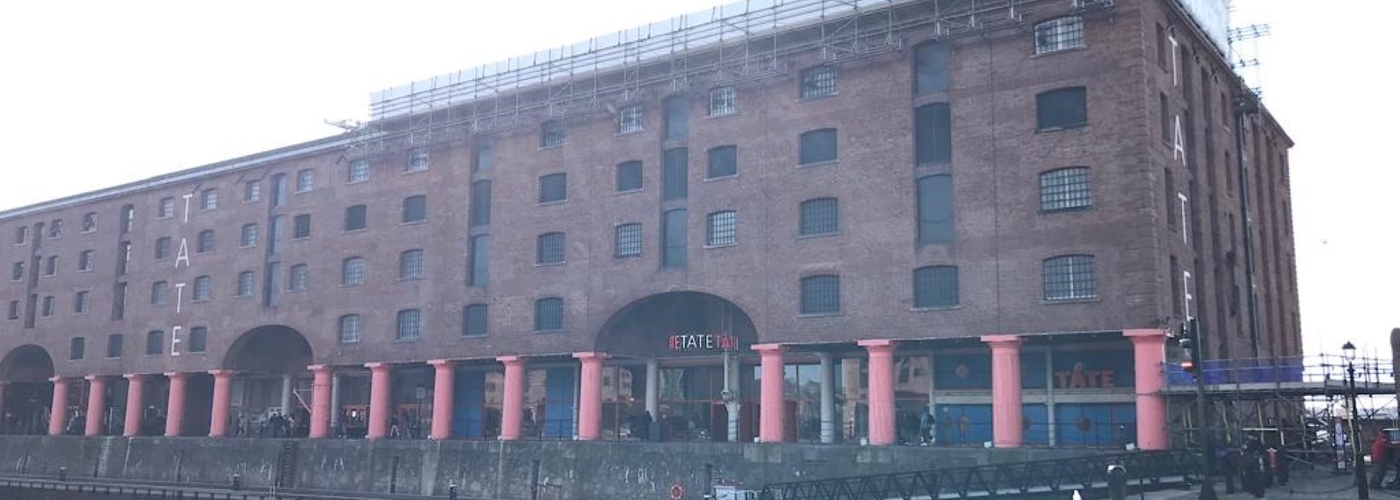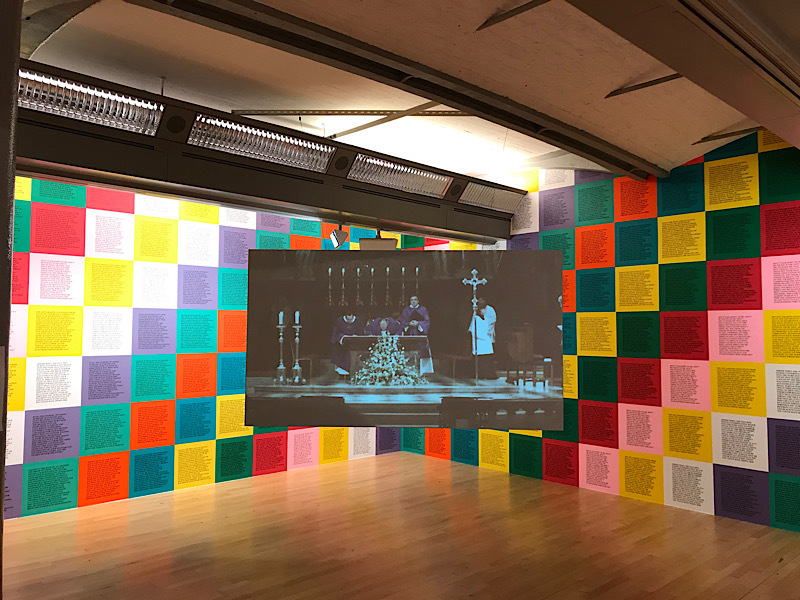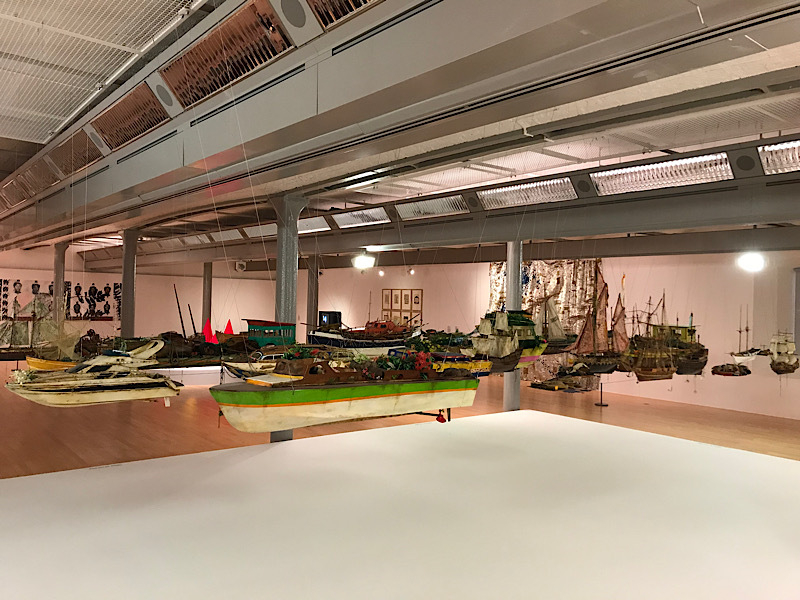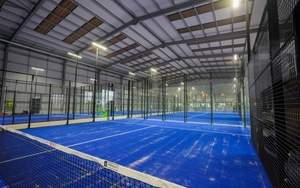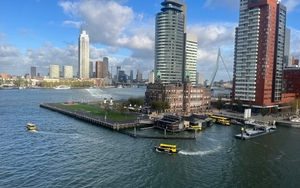Tate Liverpool’s temporary closure raises questions about the viability of visitor fees in a shifting artistic climate, Chris Malpas reports.
Liverpool’s art scene is one of the most exciting in Europe, helped in no small part by the increasing pre-Eurovision fever. Tate Liverpool’s contribution to the city’s artistic reputation cannot be understated: last year, the venue became the first outside of London to host the Turner Prize for a second time. Now 2023 brings the return of the Biennial, as well as the unprecedented Eurovision Cultural Festival, but the future beyond this year looks a little hazy.
Tate Liverpool has announced its plans for a £10 million refurbishment set to begin on October 16th – part of a joint venture with National Museums Liverpool to restore areas of the waterfront. While it’s encouraging to see the government funding the arts in the north, it’s difficult to predict the impact of closing the Tate for an indeterminate period (early estimates indicate the building won’t reopen until at least 2026), especially at a time when Liverpool is set to become a massive tourist destination.
Last year, galleries struggled to bring visitor numbers back up to pre-Covid figures, and a multi-million-pound investment into the gallery which already has the most pulling-power may be a hard pill to swallow for grassroots and charity venues. Yet the Tate’s closure also presents an opportunity for smaller galleries to capitalise on audiences looking to experience contemporary art elsewhere: it’s set to coincide with a time when people’s awareness of – and interest in – contemporary art is at its peak.
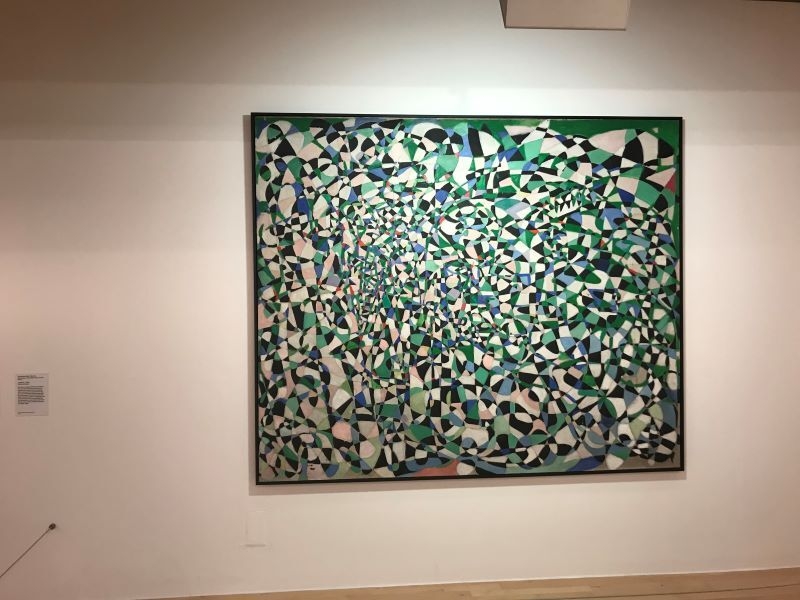
The 2022 Turner Prize showcased four artists exploring themes relevant to today in a range of mediums which can often be interpreted as inaccessible: video, sound, installation. The Biennial is set to do the same. Therefore, people who visited the Tate last year and continue to do so throughout 2023 will be confronted by artworks in styles they might usually choose to avoid in favour of painting or sculpture. These more challenging types of art are also exhibited year-round in smaller galleries across the city: FACT Liverpool, The Bluecoat, The Open Eye, and artist-led spaces like The Royal Standard and Output.

Tate Liverpool’s exhibitions are often varied, but their main draw is big-name artists curated in a white cube setting behind a paywall. Of a plethora of other public spaces, only the Walker Gallery has the budget and capacity to put on exhibitions with artworks that can rival those displayed in the Tate, at least in terms of fame. Incidentally – or perhaps deliberately – it’s the only other gallery in the city which charges entry fees.
While conversations about art and money are often distasteful, they are also inseparable terms. When government funding is allocated, the arts are often glossed over, and reducing the sector to its financial potentials or limitations tends to devalue art as a practice.
Therefore, the fact that £10 million has been given to Tate Liverpool “to reimagine the gallery for the twenty first century” is something to celebrate. However, it cannot be ignored that money is an issue for an increasing number of people, with those on lower incomes finding it more difficult to justify the luxury of a day out. Just as the Tate is within its rights to charge entry fees, visitors are also within their rights to visit free, alternative spaces.

This factor is accentuated by the growth of audiences with an interest in art unattached to famous names, a fascination that needn’t be limited to the Tate. FACT Liverpool, for example, specialises in technologically focused art, of the kind which Heather Phillipson made the 2022 Turner Prize shortlist with Rupture No6: biting the blowtorched peach. The projections, vibrant colour palette, sound accompaniments, and post-apocalyptic sculptures would’ve felt right at home if shown in FACT’s gloomily industrial downstairs space.

I went into FACT to speak to Joan Burnett, Head of Visitor Services, to get her opinion on whether the Tate – or any gallery – can justify charging people to see art. “Why shouldn’t you pay for art?” she argued. “People pay for tickets to football matches and buy music and books when they’re available to access freely elsewhere. There’s something about visual art as an idea which makes people less willing to pay.”
When asked what the difference is between the paid exhibitions at Tate Liverpool and the free exhibitions at FACT, she said, “It’s all down to the cost of acquiring the artworks. If Turner’s paintings aren’t curated in one setting, you’ll have to spend much more than a tenner travelling around the world to see them in their permanent collections. It should be seen as a bargain not a surcharge. People might argue it’s an issue of elitism, but it’s not elitist to charge to see world-class art.”
Returning to her preferred mode of analogy, Joan continued, “In the UK, art is just like football. It’s a massively popular cultural event. It would be great if everything was free, but artists need to be paid. People are happy to spend £70 to see Messi play, so why shouldn’t they pay a fraction of that to see the artistic equivalent?”
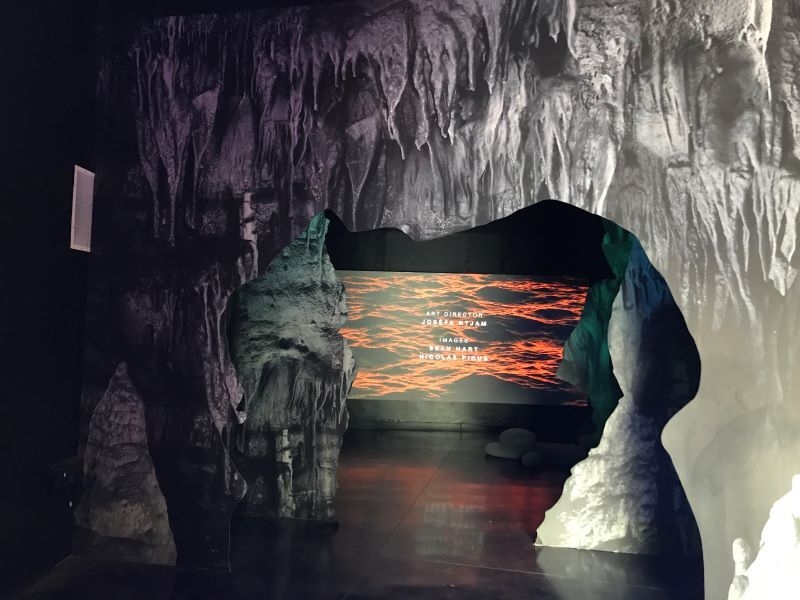
Joan directed me to an article in the Guardian by Charlotte Higgins, which said, ‘The arts are regularly sneered at or attacked for their so-called reliance on the public purse. This is despite the fact that money spent on the arts is money spent on something useful: making life-changing cultural experiences available to children and young people; transforming towns and cities; boosting local economies and local pride; nurturing the kind of British talent that becomes the nation’s calling card overseas.’ It’s a romantic argument, but not an unfounded one, and it's easy to apply it to Liverpool; after all, the city was chosen to host Eurovision for a reason.
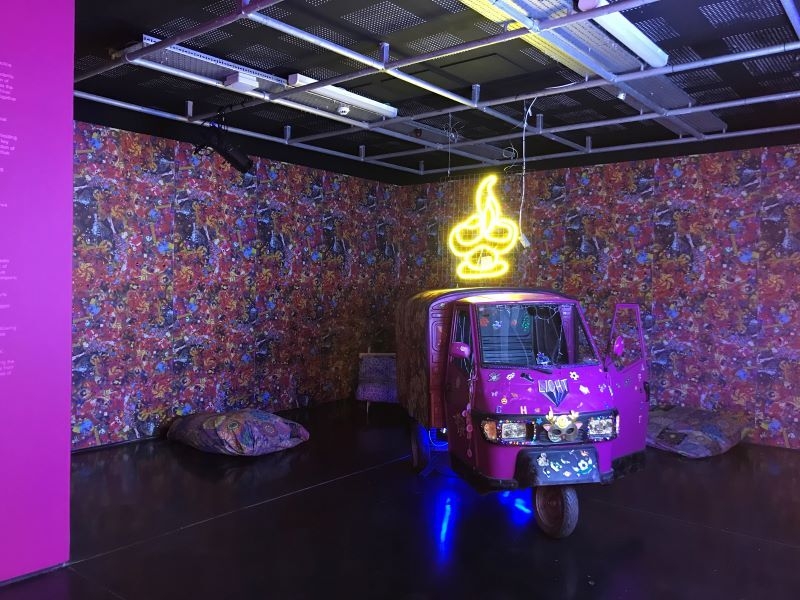
The Tate claims that their redevelopment comes in order to “meet the scale and ambition of today’s most exciting artists”, which does show an awareness of shifting tastes. While their contemporary exhibitions are often free (suggested donations aside) they are rarely promoted to the same degree as their pay-to-enter historical counterparts. Take a stroll down towards the Albert Dock and you’ll see banners advertising their ticketed Turner exhibition, but nothing representing their free artworks. They’re also a little heavy-handed when trying to acquire donations; I popped into the gallery and requested a ticket to the free exhibitions and instead of being offered information about the artworks on display, all I was asked was, “Do you want to make a donation?”
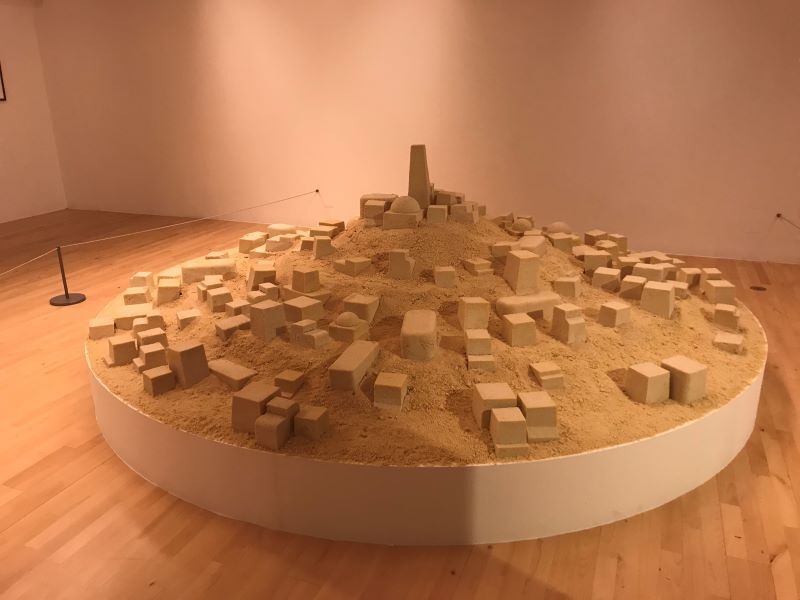
This isn’t the only time the institution has been accused of elitism. Last year’s Turner Prize judging committee raised more than a few eyebrows due to allegations of conflicted interests. The debate is far more complicated than can be solved by issuing a blanket statement declaring all art should be free. However, by playing a part in the restriction of who can see art by creating financial barriers, Tate Liverpool inadvertently reinforces people’s recurring misconception that contemporary art simply ‘isn’t meant for them’.
It’s hard to ignore the fact that the two galleries in the city which boast the highest visitor numbers (Tate Liverpool and the Walker) are also the only galleries which charge the public to visit. There are undeniable costs to acquiring famous paintings, along with their handling and upkeep, but it’s also important to acknowledge the reality that contemporary art exhibitions come with their own expenses. Not only do new artworks need to be commissioned, but in a technologically focused space like FACT Liverpool, the energy costs of displaying new artworks are astronomical. All institutions work differently; FACT Liverpool, for example, is a charity, but they also prove it is possible to operate without expecting visitors to spend money. Nevertheless, it would be an over-simplification to argue, ‘The Bluecoat doesn’t charge so why should the Tate?’
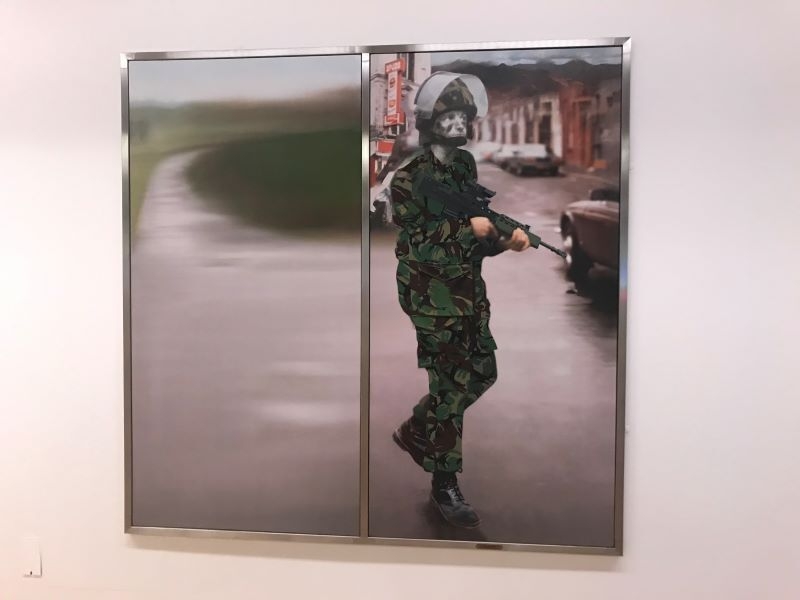
Staff, too, need to be taken into account. Jobs in the arts are notorious for their low salaries, and the removal of entry fees should not come at the expense of employees. In the current climate, people are thinking twice about what to spend their money on, but people in the arts need to make a living too. According to director, Helen Legg, “Since Tate Liverpool opened thirty-five years ago, the experiences our audiences want to have, and the kind of work artists want to make, have both changed significantly.” It’s a step in the right direction, but one that somewhat undermines the struggle of rival organisations who have been forced to adapt without the help of £10 million.

While the building undergoes its transformation, Tate Liverpool plans to deliver its public programme through off-site projects and events across the city, including the use of a new mobile art gallery. This endeavour ironically challenges the accessibility barriers presented by the Tate’s typical setting. It will be interesting to see if Tate visitors are encouraged to attend exhibitions in rival galleries while the building is closed; it will also be interesting to discover if the Tate reduces its effort to engage with the public for free after its paywall can be reinstated.
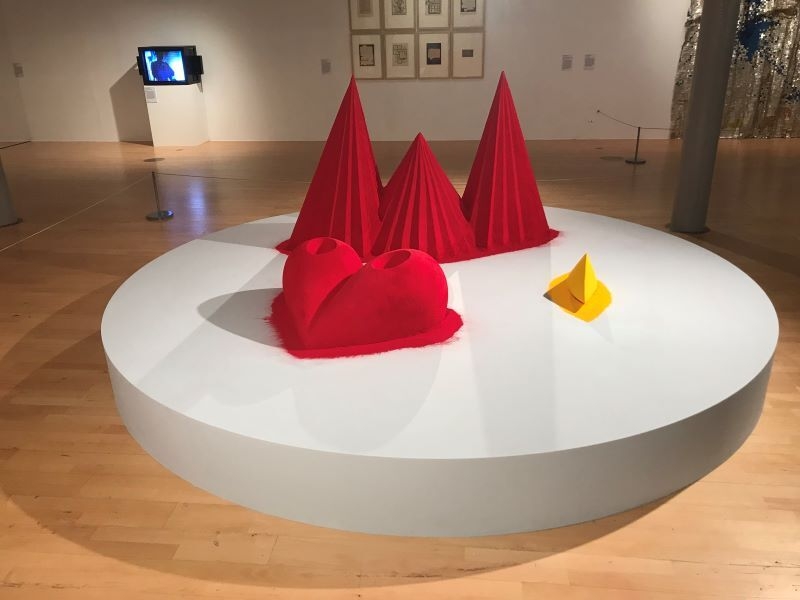
Tate Liverpool’s origins are inseparable from the social issues Liverpool faced in the 1980s. The gallery was opened to revitalise the area in the wake of the Toxteth riots and the economic contexts which caused them. Thirty-five years on, Tate Liverpool cannot rest on its laurels: it must work harder to challenge the classism which is rife within the sector – something which other galleries in the city are already doing and shall continue to do during its absence.
It’s clear that Liverpool without the Tate will not be culturally derelict, but when the gallery does reopen, it will be into a changed landscape. People are not going to stop spending money to see world-famous works by celebrated artists; nor should they. There will always be a place for Turner. But, should the interest in contemporary art continue to follow its expected trajectory, it might make it more difficult for the Tate to justify its visitor fees when artwork of the same calibre is being exhibited across the city for free. Art should never be considered a luxury, and in the midst of a cost-of-living crisis, a family day out to the galleries could potentially no longer include a trip to the Tate.




